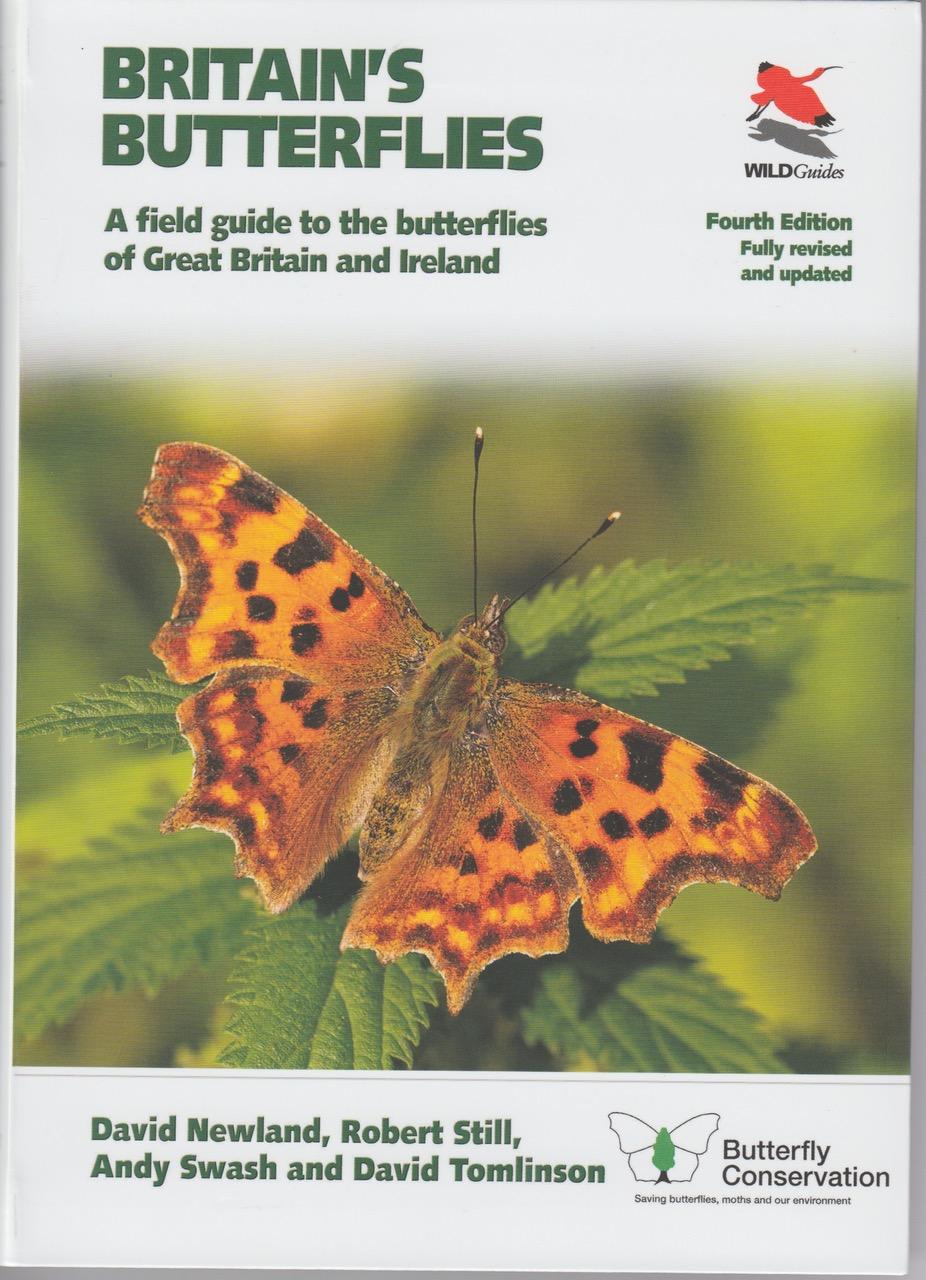David Newland, Robert Still, Andy Swash & David Tomlinson
Princeton Press
2020
ISBN: 9780691205441
Reviewed by Peter Smithers
It is always a pleasure to receive a new Wild Guide, and this fourth edition of Britain’s Butterflies was no exception.The third edition was excellent, so how is the fourth edition different from its predecessors?
The section introducing the various well-known butterfly groups, based on colour and or wing patterns (the whites, browns, fritillaries, and blues, etc.), has been expanded to incorporate more, and larger, photographs, which will prove helpful to the beginner. This edition also introduces each of these groups in the main part of the book. These introductions are spread across two pages, and feature both text outlining the group and a series of photographs pointing out the distinguishing features of each species covered. This allows rapid identification of the salient features before turning to the species account. Each species account has been updated, with revisions of the distribution maps and the conservation status. The short section on recording and monitoring has been expanded, and a brief section on climate change impacts on butterflies has been added. The cover is now plasticised to make it durable in the field, and comes with a front flap bearing a key to the map and conservation status codes.A rear flap provides an index to the families and species.
All the old features are still there, as outlined in my previous review:
The introductory chapters covering butterfly life cycles and butterfly habitats include a table showing the habitat preferences of all the region’s species. This is followed by a section on morphology and identification, with notes on colour forms and aberrations plus a photographic guide to the main groups of butterfly, and a glossary. Each of the species accounts provides photographs of the upper and lower surfaces of the wings, with notes on the critical features, behaviour, early life stages and food plants. There is also a distribution map and life cycle chart showing when the various life stages are present. These accounts are followed by a photographic guide to larval food plants, which is also presented in tabular form for quick reference. A photographic guide to the eggs, larvae and pupae is also included, followed by a table showing the distributional status of each species.
If you already have the third edition, is it worth updating to the fourth? Probably not, unless you want to access the more recent distribution maps and conservation status. However, a desire to make your collection of Wild Guides complete may override other considerations as, while these guides are comprehensive, they are also addictive. Most of the changes are aimed at beginners, simplifying the process of assigning a butterfly to a group and then a genus or species, and it does this extremely well.
If you don’t yet own a copy of this book, then now is the time to do so. It is a treasure trove of useful information presented in a range of different formats in order to facilitate rapid identification.


